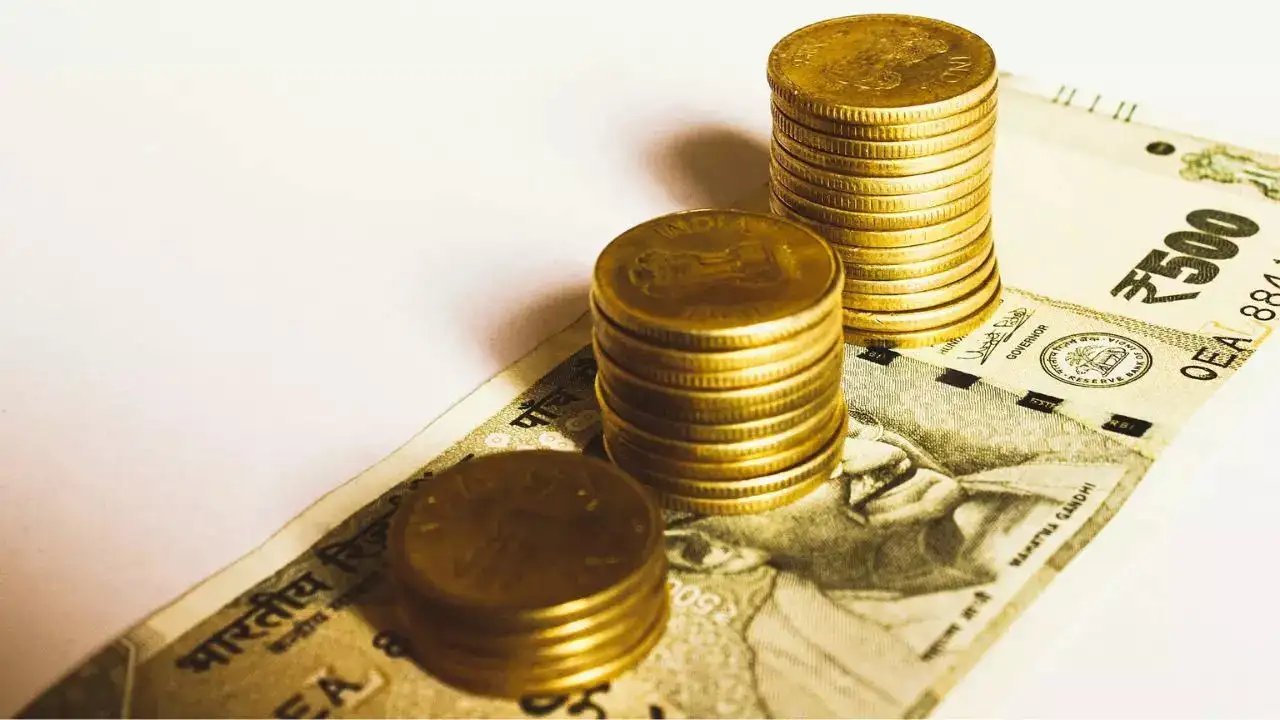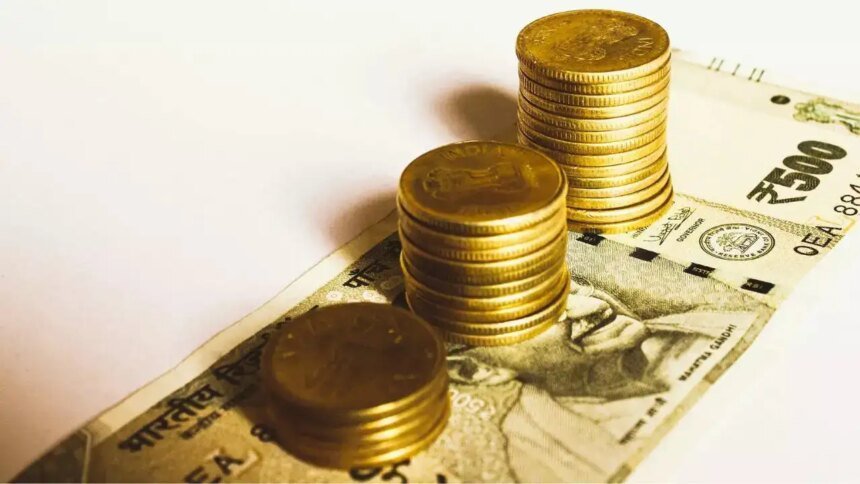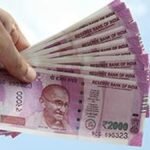
Rupee (Representative Image)
Even as the Indian rupee edges closer to its historic low, analysts at Goldman Sachs are encouraging clients to adopt a bullish stance on the currency. The investment bank’s confidence stems from improving developments in India-US trade negotiations, including reduced Russian oil imports by state-run refiners.
According to Goldman Sachs, the rupee could strengthen by 1–2 per cent if Washington’s tariffs on Indian goods remain at or below 25 per cent. This optimism comes despite the currency dipping to nearly Rs 88.80 per US dollar on Monday, its weakest level to date, according to a Reuters report.
Inside Goldman’s Rupee Strategy
The firm is advising a strategic position through a put option on the dollar-rupee pair, with a strike price of 88, set to expire in March 2026, and featuring a European knock-out at 85.5. This option structure allows investors to profit if the rupee appreciates, but the contract becomes worthless if the exchange rate drops below 85.50 at any time before maturity, added the news agency report.
By including the knock-out feature, the cost of the option is reduced, making it a more efficient way to express a positive outlook on the rupee.
Goldman’s analysts also recommend another bullish trade, positioning the Indian rupee to outperform the Indonesian rupiah over the next three months, a relative-value play that reflects their confidence in India’s economic resilience.
The Macro Context And Risks Ahead
Despite being the worst-performing major Asian currency this year, down about 3 per cent, Goldman believes the rupee’s trajectory could reverse with progress on US trade discussions, noted the report. “In a scenario where tariff discussions stall, we expect the RBI to manage the pace of INR depreciation and intervene more aggressively near 88.80 in the near term, a level which RBI had been defending recently,” the analysts said in a note.
As per the report, the analysts also cautioned that, “We believe any INR appreciation will likely be capped due to the RBI’s preference to trim forward book shorts in an appreciating INR environment, along with higher corporate hedging activity.”




















